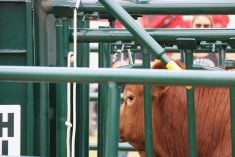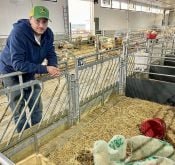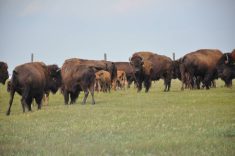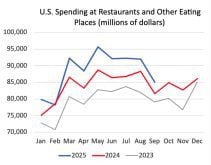CALGARY – When Rod Chernos talks poultry, people should sit up and listen.
Rod, one of three poultry specialists with Alberta Agriculture, has recently received honors for his work in the industry.
In 1995 he received the Alberta poultry service industry award and was also named SPCA farmer of the year.
The Society for Prevention of Cruelty to Animals accolade came as a surprise to Rod.
He met SPCA president Joy Ripley at a farm meeting several years ago. She wanted a tour of a poultry farm to see what conditions were really like. She obviously liked what she saw and later nominated Rod as farmer of the year.
Read Also
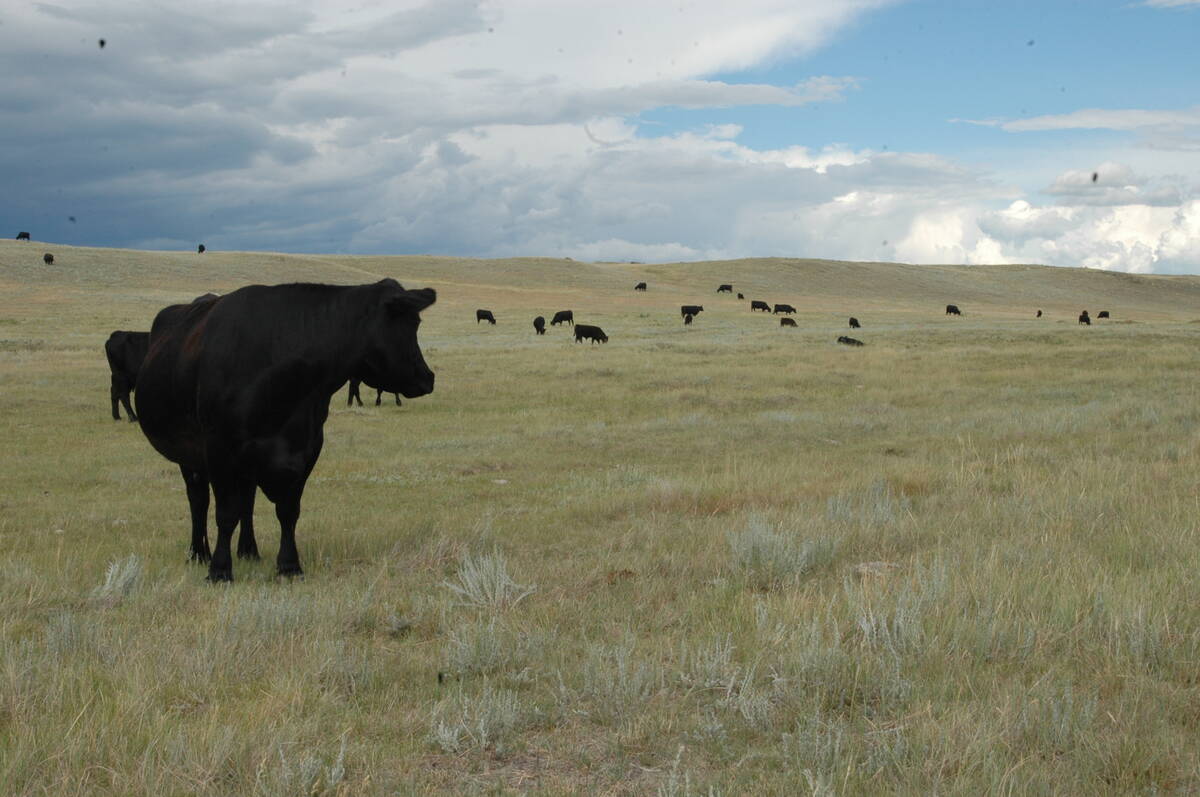
Canadian Food Inspection Agency slammed for handling of bovine tuberculosis case
The federal government leans heavily on producers to “take one for the team” and risk their livelihoods without any reassurance of support.
“I’m just tickled pink because of the great positive publicity it’s given our industry,” he said.
There are widespread misconceptions about how chickens and turkeys are raised and with this approval from the SPCA, it could dismiss a lot of myths, he said.
The SPCA liked the way the Chernoses check the barns at least three times a day. Being on the outskirts of Calgary, they aren’t close to other poultry farms so they can keep the place disease free. The birds roam freely about the barn monitored by four computers that check feed, water, temperature and ventilation.
Unlike some farms which leave the lights burning for 23 hours a day to encourage birds to eat and grow faster, at Ronan Poultry Farms the lights go off at night. The birds get more rest and appear more lively in the morning.
When Rod or Nancy are in the barn they wear dark blue coveralls because birds can’t see blue well compared to the excitement caused by bright colors like red. The Chernoses also talk to each other in the barn so the birds get used to them.
Rod’s favorite time is when the work is done and he can sit on a bucket in the corner of the barn and observe his chickens. He watches their behavior and notices if there are problems. He also finds it just plain entertaining.
“If my birds are happy, they’re going to do a job for me. I learned from my dad if you look after farm animals, they’ll look after you.”
Rod and Nancy keep about 18,000 birds on a seven-week cycle starting with day-old chicks from Calgary. The flock is sold as broilers, each weighing about 1.7 kilograms live weight. Most of the birds end up as fast food.
Rod has worked with poultry all his life. His father ran a turkey farm near Langdon, east of Calgary. He holds an agriculture degree in poultry science and when the opportunity came along eight years ago to buy a farm close to both of their childhood homes, they took it.
A portion of the farm is part of Nancy’s family homestead. When they decided to move from Lethbridge to the Calgary farm, they had come full circle.
“What is so ironic is all three of our children ended up graduating from Chestermere High School, which is where Nancy and I graduated from.”
Their three daughters are grown so there isn’t an extra pair of hands to give them time off the farm, but the couple agrees this was their choice. With the last daughter grown, Nancy decided last year to retire as a teacher in Calgary. Now she is a full-time farmer.
“We knew what we were getting into. We enjoy what we’re doing. Our lifestyle has changed,” said Rod.
The lifestyle before the farm, when Rod was stationed in the Lethbridge agriculture office, included camping and fishing trips with the kids on weekends and vacations.
Close to work
The farm is a short commute to Airdrie agriculture offices where his job as poultry specialist has evolved into one of practical research to improve the industry. He has been a poultry extension specialist since 1973.
Feed programs and waste disposal are at the top of the research list. An ongoing project is composting dead birds at a southern Alberta farm. The department also started an annual poultry producer’s workshop to keep farmers informed.
Rod’s interest in research extends to their farm. One of the latest trials is feeding their chickens a whole wheat blended feed he developed.
He grows his own wheat, which is calculated into his cost of production. With this feed they’ve found conversion ratios and weights to market are as good as ever. The only difference is a slightly larger gizzard in a 35-day-old bird.
Sometimes it’s hard to keep the farm separate from work at Alberta Agriculture and they’re always aware of conflict of interest.
“I’m living in a fishbowl,” said Rod.
“People at work are delighted I’m in the business because I practise what I preach and put my money where my mouth is.”




